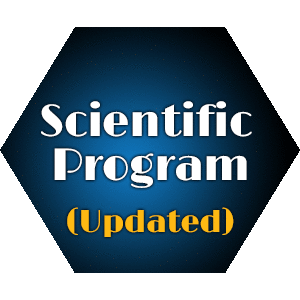
Jacob Jamesraj
Madras Medical Mission Hospital, India
Title: Diastolic dysfunction as cardiac feature of rheumatoid arthritis
Biography
Biography: Jacob Jamesraj
Abstract
Valve repairs skills in cardiac surgical practice are an important part of a surgeon’s armamentarium. A graded wet lab training program goes a long way in safely equipping a surgeon. We have designed a simulator (training device) to enable this. A five-step graded wet lab training program is proposed.
Step 1- Understanding Anatomical perspectives
Anatomy of the valves and its structural components are taught by dissection.
Step 2 - Implanting a ring
The bovine heart is mounted on the work table of the simulator. Surgical orientation and exposure of the valves, identification of the annulus and suture placement and implantation of the ring to achieve the ring annuloplasty are taught.
Step 3 - Complex repairs
Chordal shortening and lengthening techniques, chordal transfers and placement of artificial chordate are taught.
Step 4 - Minimally Invasive Surgery
The Minimal access attachment is placed, and MICS surgical techniques are taught.
Step 5 - Videoscope surgery
Adding a webcam connected to a laptop transforms the device into a videoscopic MICS technique learning arena. Thus, a registrar in training is equipped to be a safe valve repair surgeon with minimal access and videoscope skills.

